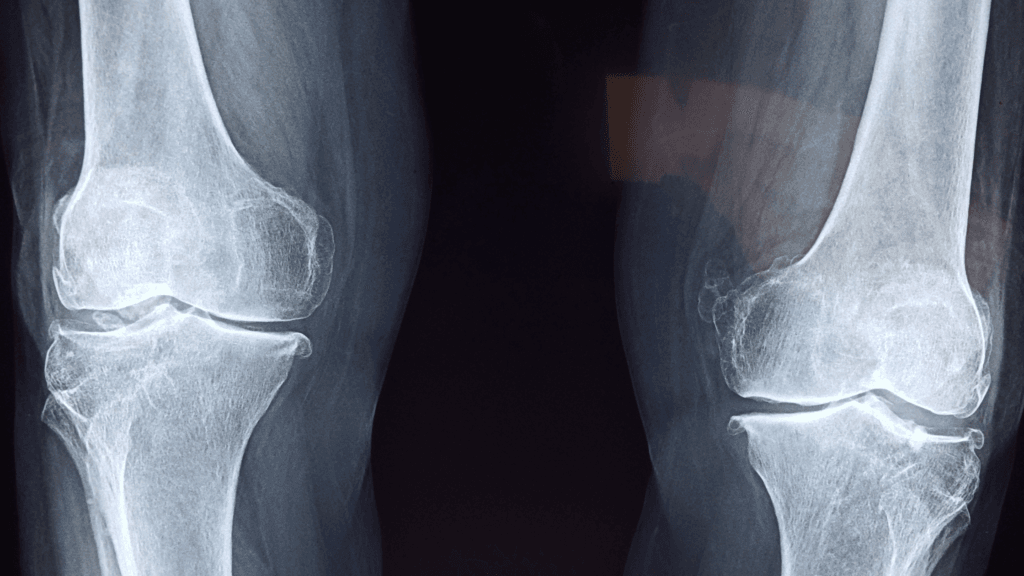Introduction to Regenerative Medicine
Regenerative medicine is transforming how we approach healing and recovery. Two leading treatments in this field—Platelet-Rich Plasma (PRP) therapy and Bone Marrow Therapy—are gaining attention for their ability to harness the body’s natural healing mechanisms.
If you’re dealing with chronic pain, joint degeneration, or soft tissue injuries, you may be wondering: PRP vs. Bone Marrow Therapy—Which is the right choice for me?
This guide will explore the science, benefits, and key differences between PRP therapy and Bone Marrow Therapy to help you make an informed decision about your treatment options.
What is Platelet-Rich Plasma (PRP) Therapy?
How PRP Therapy Works
PRP therapy uses concentrated platelets from your own blood to accelerate healing in injured tissues.
✔ A small amount of blood is drawn from your body.
✔ The blood is processed in a centrifuge to separate the platelet-rich plasma.
✔ The PRP is injected into the injured or degenerated area to stimulate healing and tissue repair.
Conditions Treated with PRP
- Mild to moderate osteoarthritis
- Tendinitis and ligament injuries
- Muscle strains and sprains
- Joint pain and inflammation
- Hair loss treatment (PRP for hair restoration)
- Skin rejuvenation in aesthetic medicine
Benefits of PRP Therapy
✔ Minimally invasive procedure
✔ Uses your own blood—no risk of rejection
✔ Faster recovery compared to surgery
✔ Cost-effective regenerative option
What is Bone Marrow Therapy?
Bone Marrow Therapy (also known as Bone Marrow Aspirate Concentrate or BMAC) is a powerful regenerative treatment that uses stem cells and healing factors extracted directly from your own bone marrow to repair damaged tissue.
How Bone Marrow Therapy Works
✔ Bone marrow is drawn from your hip bone under local sedation.
✔ The marrow is processed to concentrate regenerative cells.
✔ These concentrated cells are injected into the injured area to stimulate healing and tissue regeneration.
Conditions Treated with Bone Marrow Therapy
- Severe osteoarthritis and cartilage damage
- Chronic joint pain
- Degenerative disc disease
- Tendon and ligament tears
Benefits of Bone Marrow Therapy
✔ Uses your own body’s healing cells—no outside donor needed
✔ FDA-compliant when using your own cells
✔ Addresses severe and chronic conditions
✔ Long-term tissue repair potential
✔ Reduces inflammation and pain naturally
Key Differences: PRP vs. Bone Marrow Therapy
| Feature | PRP Therapy | Bone Marrow Therapy |
| Source | Your own blood platelets | Your own bone marrow cells |
| Function | Stimulates healing with growth factors | It may provide healing cells and growth factors for tissue regeneration |
| Best For | Mild injuries, soft tissue damage | Severe injuries, degenerative conditions |
| Invasiveness | Minimally invasive (blood draw) | Slightly more invasive (bone marrow aspiration) |
| Cost | More affordable | Higher cost, but long-term benefits |
Understanding the Legal Landscape: Why Bone Marrow Therapy, Not Stem Cell Therapy
In the United States, true Stem Cell Therapy—where cells are manipulated or expanded outside the body—is not legal for most orthopedic and pain management conditions.
However, Bone Marrow Therapy (using your own cells in their natural form) is legal and FDA-compliant when performed correctly. This makes Bone Marrow Therapy a safe, accessible option for patients seeking advanced regenerative care without traveling overseas.
Source: FDA Gov
Why Bone Marrow Cells Work So Well
Bone marrow is rich in mesenchymal stem cells, which have powerful healing abilities. These cells:
- Help reduce inflammation
- Support new tissue growth
- Aid in pain reduction
- Promote long-term joint health
Since the cells come from your own body, there’s no risk of rejection or ethical concerns.
Which Treatment is Right for You?
Choosing between PRP Therapy and Bone Marrow Therapy depends on:
✔ The severity of your condition
✔ Your health goals and timeline
✔ Your budget
💡 PRP Therapy: Ideal for mild injuries and faster recovery.
💡 Bone Marrow Therapy: Best for severe injuries, advanced degeneration, and long-term regeneration.
For a personalized consultation, visit Integrated Spine, Pain & Wellness—where regenerative medicine is tailored to your body and your goals.
Frequently Asked Questions (FAQs)
1. Is PRP or Bone Marrow Therapy better for arthritis?
- PRP works well for early arthritis.
- Bone Marrow Therapy is better for advanced arthritis and more severe joint damage.
2. Is Bone Marrow Therapy FDA-approved?
- Yes, when performed using your own bone marrow cells, processed on-site, and reinjected the same day, this falls under FDA-compliant autologous therapy.
3. How many PRP or Bone Marrow injections do I need?
- PRP: 2-3 injections for optimal results.
- Bone Marrow Therapy: Often just one procedure is needed, but follow-up care may enhance results.
4. How long does it take to see results?
- PRP: Initial improvement in 2-6 weeks.
- Bone Marrow Therapy: Gradual regeneration over 2-6 months.
5. Can PRP and Bone Marrow Therapy be combined?
- Absolutely! This powerful combination can boost healing and speed recovery, especially for complex injuries.
6. What’s the downtime after treatment?
- PRP: Mild soreness for 24-48 hours—minimal downtime.
- Bone Marrow Therapy: Some soreness at the extraction site, but overall faster recovery than surgery.
Conclusion: Healing With Your Own Cells
Both PRP Therapy and Bone Marrow Therapy offer cutting-edge solutions to heal naturally—using your body’s own healing power.
🔹 Need fast relief for mild injuries? PRP may be right for you.
🔹 Facing severe pain or degeneration? Bone Marrow Therapy offers deeper, longer-lasting regeneration.
For expert, personalized care, schedule your consultation with Integrated Spine, Pain & Wellness today.


